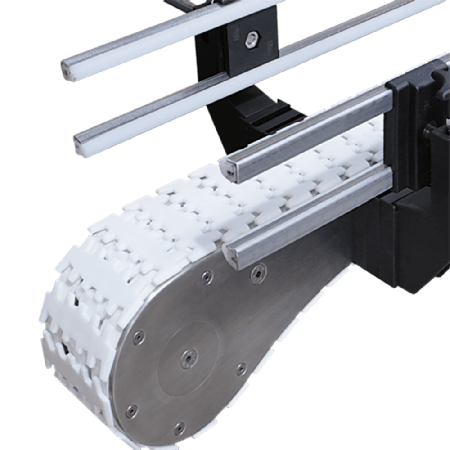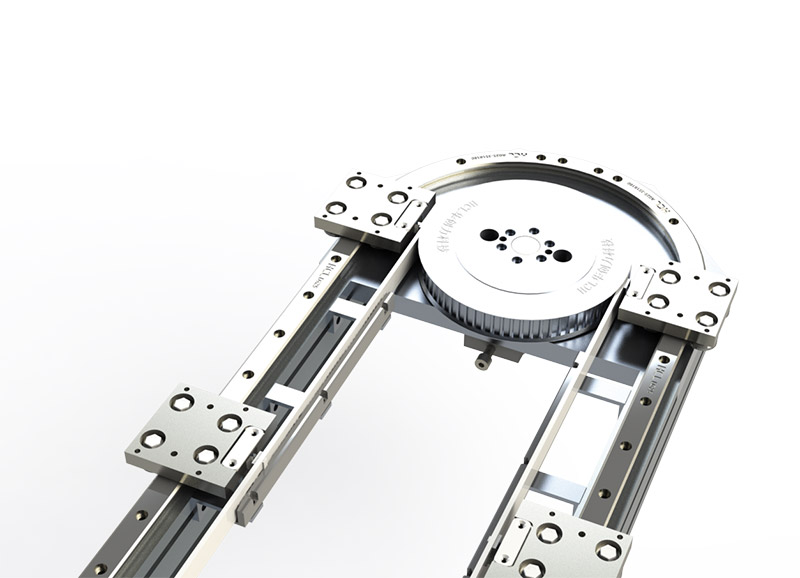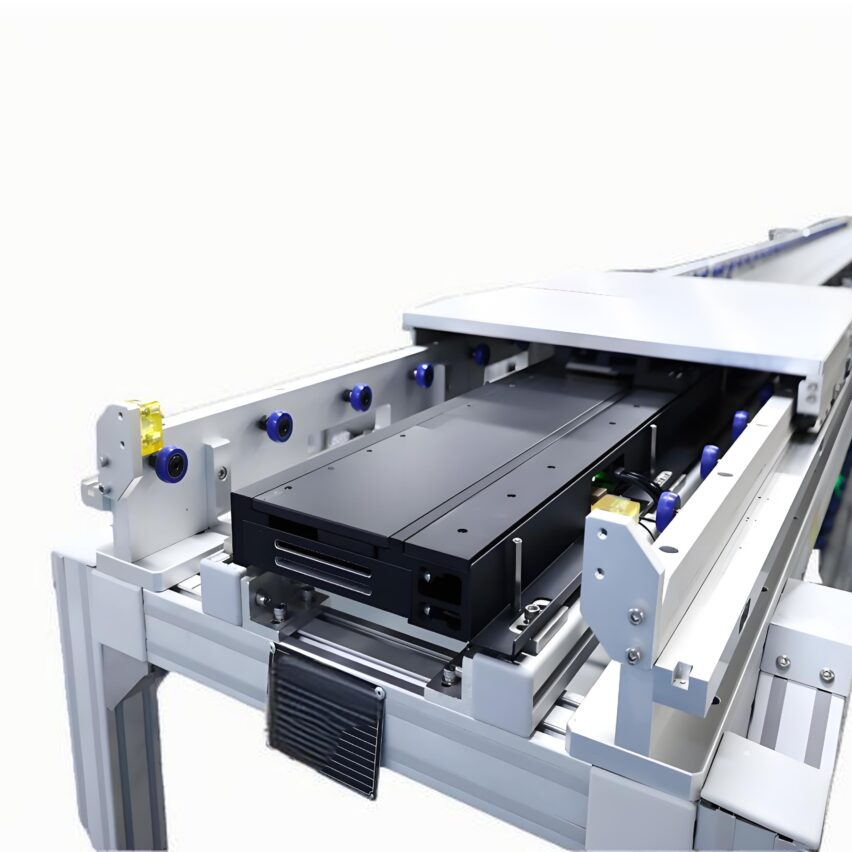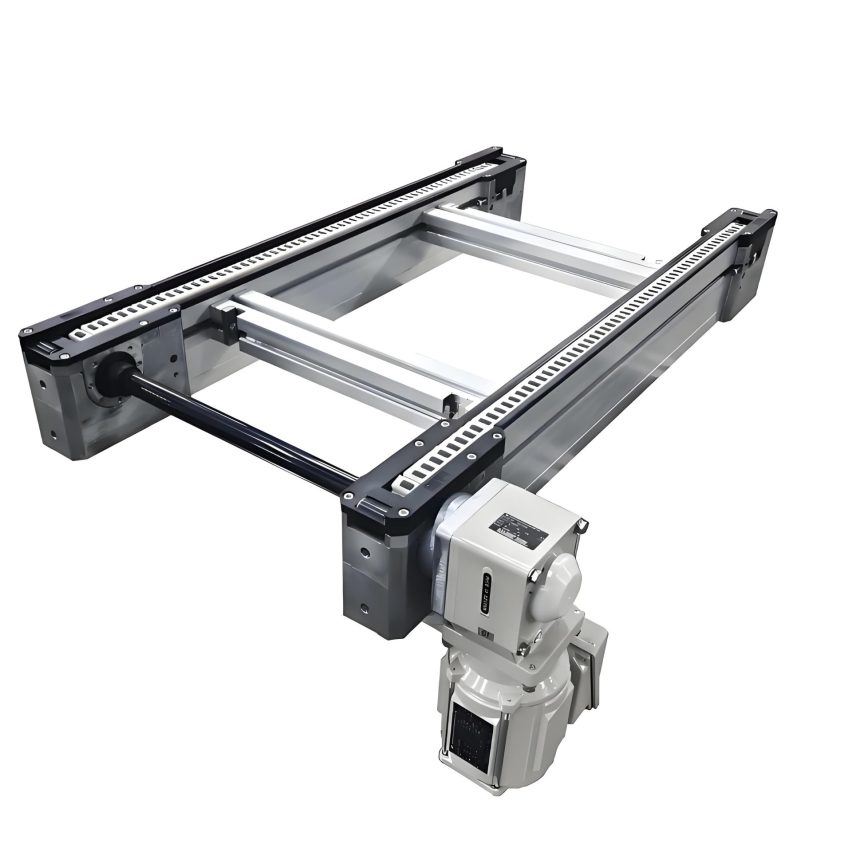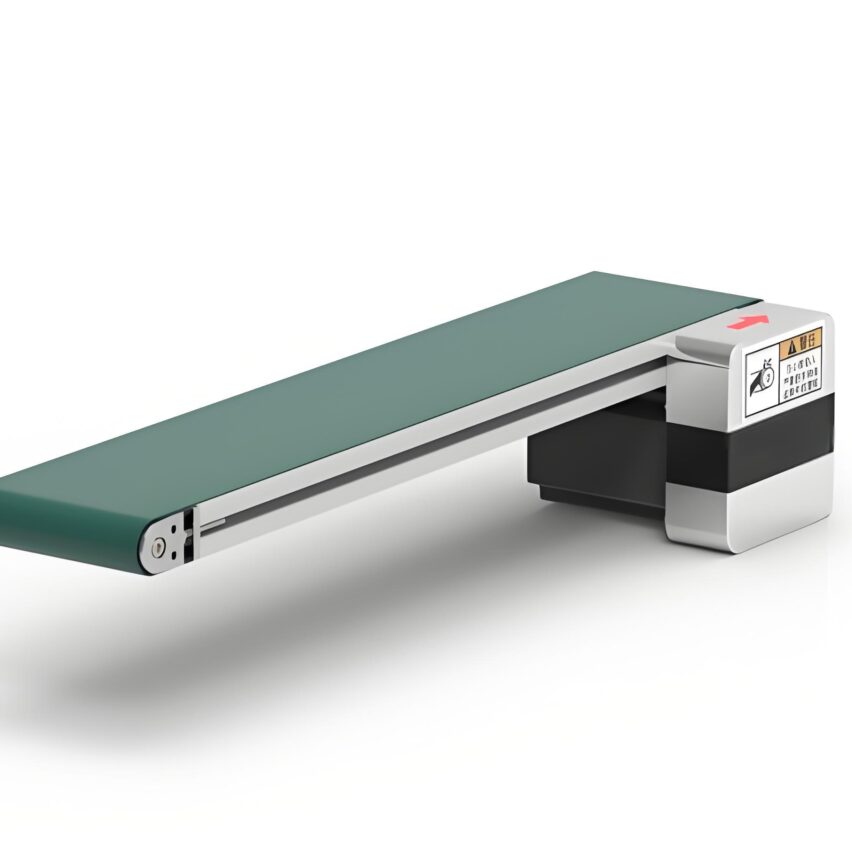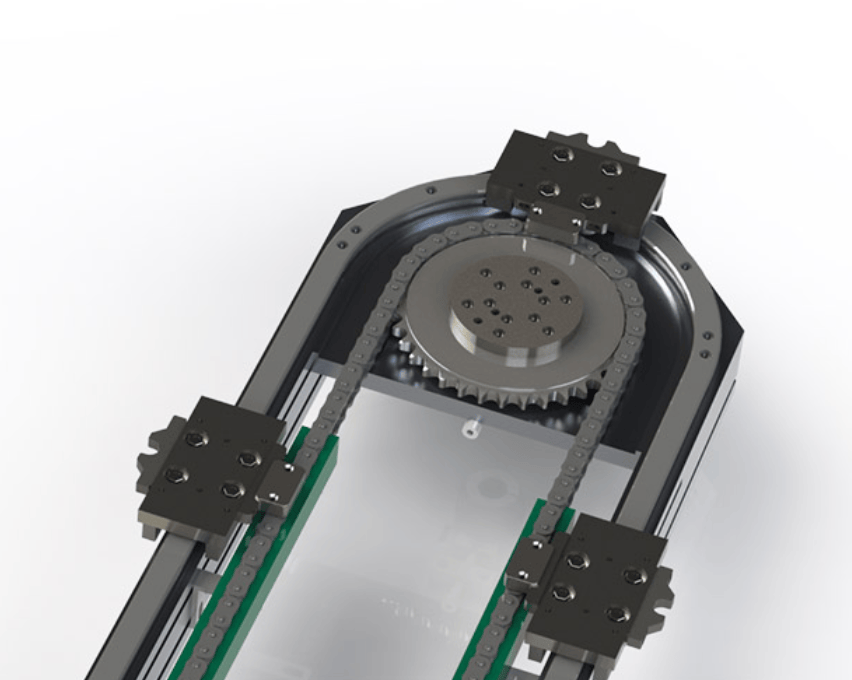在江苏一家汽车工厂里,一条长达300米的悬挂输送线正以每秒1.2米的速度平稳运行,承载着车身部件穿梭于12个工作站之间——这样的场景正成为中国smart manufacturing的日常风景。自动化输送线作为现代工业的”血管系统”,已从简单的物料搬运工具蜕变为智能制造的核心枢纽,彻底改变了传统生产模式。
▋Technology Evolution: From Belt Drive to Smart Things
While conveyors in the 1950s were merely motor-driven belt and roller combinations, today a modern conveyor line incorporates more than 20 core technologies. From the first intelligent suspension line introduced by a company in Jiangsu province in 2015 to today's flexible conveyor systems integrating 5G technology, China's conveyor technology has completed three major iterations in a decade.
Innovations in drive technology are particularly significant:
- Friction Drive → Intelligent Drive: Maglev motor reduces energy consumption by 40%
- Mechanical control → AI decision-making: Real-time dynamic dispatch system response rate of milliseconds
- Single speed → adaptive variable speed: Load Sensing Technology for Energy Efficiency 35%
In an electronics factory in Shenzhen, the AI conveyor system deployed in 2023 verified the real value of intelligent algorithms by reducing downtime to 1/6 of the original through autonomous learning. This technological leap not only changes equipment performance, but also reconstructs the entire production management system.
▋Explanation of core classifications and application scenarios
The current mainstream conveyor line technology shows a highly specialised division of labour:
1. Continuous Motion (Food/Electronics Dominant)
- Belt conveyor line: the representative of light load and high speed, the latest ceramic bearing technology reduces the noise to less than 55 decibels.
- Screw conveyor: shaftless design breaks through viscous material limitations, handling capacity up to 30 tonnes/hour
2. Beat-controlled (automotive/equipment manufacturing core)
- Accumulation suspension system: Dual chain speed structure enables conveyor/assembly modes to be switched in seconds.
- Speed chain assembly line: jacking and panning device supports offline rework and reduces beat loss 80%
3. Heavy-duty specialised (mining/new energy critical equipment)
- Scraper conveyor: nano-coating technology to solve the wear problem, life expectancy extended by 3 times
- Chain plate conveying line: Maximum load-bearing capacity exceeds 8 tonnes/m, used for photovoltaic panel conveying in the whole line.
At Qingdao Port's automated terminal, the hybrid conveying system compresses container turnaround time to 15 minutes, boosting efficiency by 400% compared to traditional methods. This scenario-based application validates the great potential of customised conveying solutions.
▋The industry empowerment revolution: from assembly line to value creator
manufacturing nerve centre
A new energy vehicle plant is realised by a roller + AGV hybrid system:
→ Reduced production beat to 65 seconds per vehicle
→ Wire Edge Stock Reduction 72%
→ Changeover time reduced from 6 hours to 25 minutes
Efficiency engine for the logistics industry
2024 Rookie Bird Unmanned Warehouse data shows:
- Crossbelt sorting lines with capacities up to 24,000 pieces/hour
- Digital twin system predicts accuracy of over 98%
- Energy consumption is reduced by 55% compared to traditional warehouses.
food and medicine safety guards
A pharmaceutical company in Shanghai after adopting a fully enclosed chain link fence line:
- Maintains ISO Class 5 air cleanliness
- Temperature fluctuation control at ±0.5°C
- Product contamination risk reduced to 1 in 100,000
These real-life examples prove that modern conveyor systems have gone beyond the handling function to become core nodes for quality control, energy management, and data collection.
▋The Wave of Intelligence: Five Technologies Converging to Reshape the Industry
IoT technology is deploying more than 200 sensor nodes/km along the conveyor line, enabling full lifecycle monitoring. And the introduction of AI algorithms is bringing even more fundamental changes:
Autonomous decision-making systems
- Path optimisation algorithms dynamically adjust conveyance schemes
- Fault prediction accuracy exceeds 92%
- Energy Utilisation Improvement 40%
Digital twin applications
- Virtual commissioning shortens start-up cycle 50%
- Parameter simulation accuracy up to 98%
- Maintenance cost reduction 35%
Man-machine collaboration breakthrough
An appliance factory after the introduction of collaborative robots:
→ Decreased intensity of manual work 60%
→ 5x faster exception response
→ Increased space utilisation 45%
These technologies not only enhance the performance of individual machines, but also build up system-level intelligence - in a smart factory in Dongguan, the deep integration of conveyor systems and MES has shortened the order delivery cycle from 7 days to 8 hours.
▋Green and efficient twin-tracking
Energy saving and emission reduction have become hard indicators of technological evolution:
- Permanent magnet motor technology reduces energy consumption 35%
- Regenerative Braking System Energy Recovery 20%
- Bio-based material applications to reduce carbon footprint 40%
At a photovoltaic company in Zhejiang, a conveyor line solar power system reduces CO₂ emissions by 1,200 tonnes per year, which is equivalent to planting 60,000 trees. Green technology has been transformed from a cost item to a competitiveness factor.
▋Flexible customised change
Facing the trend towards small batch production:
- Modular design supports line reconfiguration within 8 hours
- Scalable architecture for capacity flexibility
- Plug-and-play interface reduces integration time 50%
After adopting a flexible conveyor system, a garment company has successfully transformed into a high-end customised market by increasing the proportion of orders starting from 50 pieces from 15% to 68%. This flexibility is redefining manufacturing boundaries.
▋Exclusive insights: technology philosophy and future challenges
Fifteen years in the industry, I have witnessed many enterprises fall into the "automation trap" - invested heavily in the introduction of conveyor lines but little effect. The core misunderstanding is that the conveyor line is regarded as an independent device rather than aNerve centre of the production system. Truly successful cases, such as Sany Heavy Industries' 5G fully-connected factory, have planned their conveyor systems as the infrastructure of their smart manufacturing architecture.
The next three years will see a critical turnaround:
- Data sovereignty challenges: Dispute over attribution of process data generated by conveyor systems
- Ethical dilemmas of technology: Acceleration of technological unemployment due to automation
- Pressure for ecological responsibility: Environmental hazards associated with the extensive use of rare earth materials
These challenges warn us that technological leaps need to be balanced by humanistic concerns. What I am most looking forward to isbio-inspired technologyApplications in conveying - Smart materials that draw on the self-healing mechanism of blood vessels may solve the problem of equipment wear and tear once and for all.
Ask yourself the core question.
Q: How do automated conveyor lines balance the need for high flexibility with high stability?
A: Adopting the architecture of "modular standard parts + intelligent control system" - the standard track/drive unit ensures the basic stability, and the AI scheduling algorithm realises flexible deployment, such as the digital twin system which can preview 300 kinds of production scenarios and optimize the parameters automatically.
Q: How can SMEs avoid conveyor line investment mistakes?
A: Recommended "three-stage implementation method": the first deployment of key workstation unit machine (such as drum line), then expand the intelligent control system, and finally integrated cloud platform. A Zhejiang auto parts companies to adopt this strategy, three years of step-by-step investment, production capacity increased by 210% while the cost increase of only 35%.




